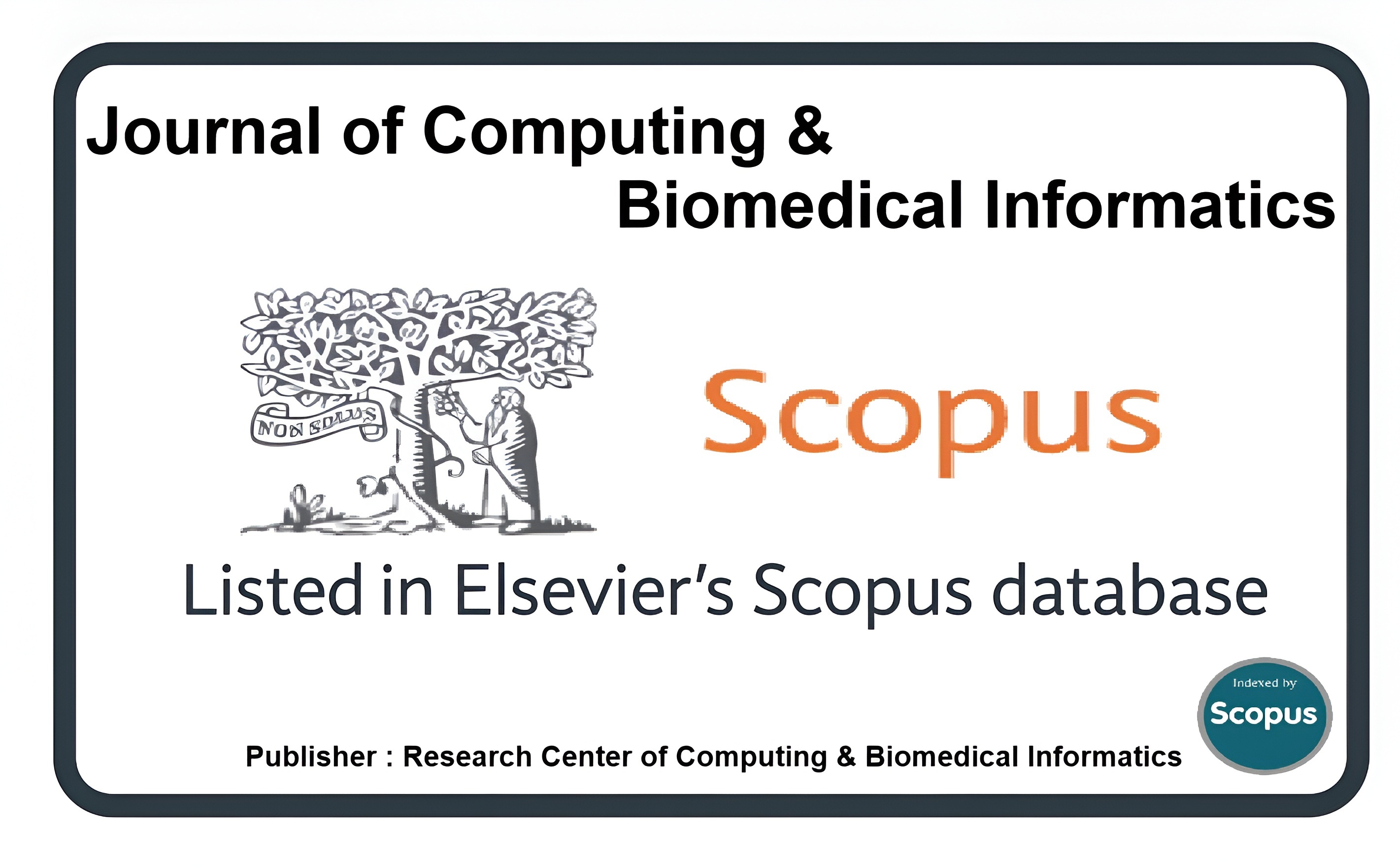Assessment of Network & Processor Virtualization in Cloud Computing
DOI:
https://doi.org/10.56979/201/2021/26Keywords:
Virtual Machine, Virtual network, Network virtualize environment, Cloud ComputingAbstract
Cloud Computing is an emerging field in applied computer science. Cloud computing depends on virtualization, where a sole physical resource is virtualized into numerous virtual resources. Resources that are being virtualized include physical storage, processing units, volatile memories, network, and further physical resources. Processor and network virtualization offer several advantages like lessening hardware cost, energy consumption, and the human struggle for administration and management of resources. In this article, the primary concentration was on the evaluation and assessment of network virtualization between different cloud computing hypervisors and to contrast their evaluated results. This comparison is based on a few experiments performed on Citrix XenServer, Microsoft Hyper-V, and VMware vSphere hypervisors. XenServer uses Open vSwitch for its network virtualization whereas Hyper-V and vSphere use Microsoft network virtualization and vSphere switch for managing their network virtualization respectively. We have found that virtual networks are further scalable and secure than physical networks. We can assign multiple virtual interfaces or connections to a single virtual machine. In light of various experiments, in which we have compared non-virtualized with virtualized scenarios, for all these above-mentioned hypervisors, we found out that we can use virtual networks with and without VLAN Tags or VLAN Ids. Hyper-V provides further flexibility and options regarding VLAN Tag in comparison with XenServer or vSphere. We have also found that XenServer and vSphere give us extra network throughput in comparison with Hyper-V in terms of TCP and UDP whereas Round Trip Time (RTT) in the virtual network of all hypervisors are high in comparison with the non-virtual environment. Network CPU usage is also measured and found that vSphere and XenServer together consume more CPU during network activity in comparison with Hyper-V. We also found that processor virtualization did not majorly result from the average schedule time in comparison with a non-virtualized machine. We consequently conclude that in general a small reduction in the performance, in the case of virtualization is insignificant as compared with the advantages we get from virtualization when using cloud hypervisors. For the application of virtualization, this work will motivate to set up of data centers using a virtualized environment.
Downloads
Published
How to Cite
Issue
Section
License
This is an open Access Article published by Research Center of Computing & Biomedical Informatics (RCBI), Lahore, Pakistan under CCBY 4.0 International License





